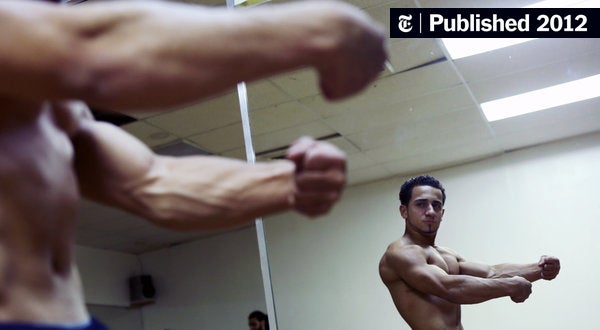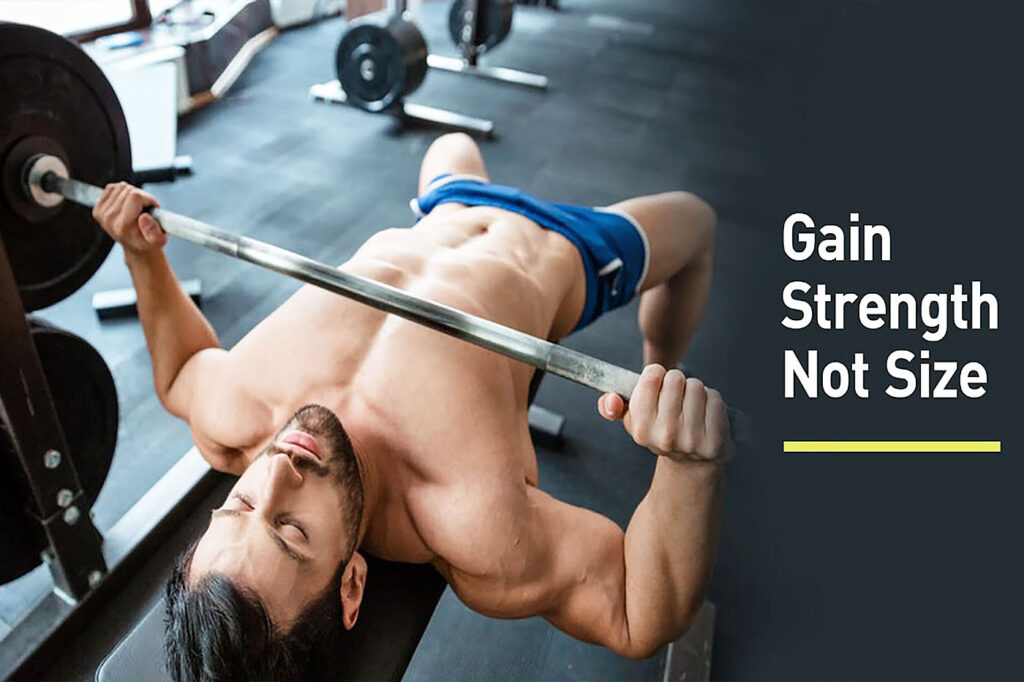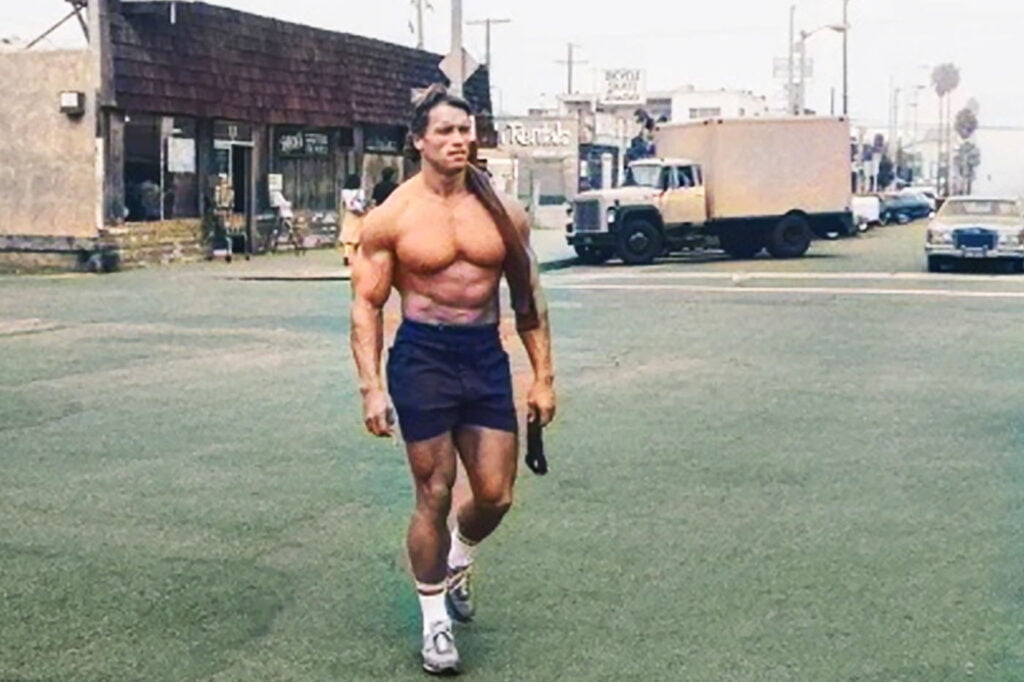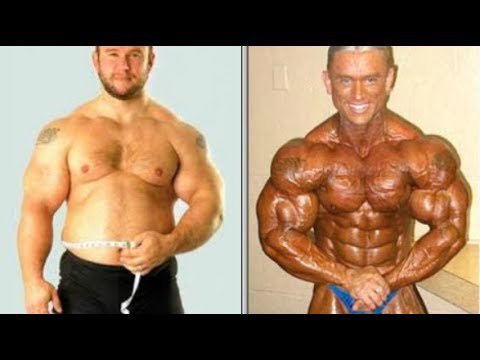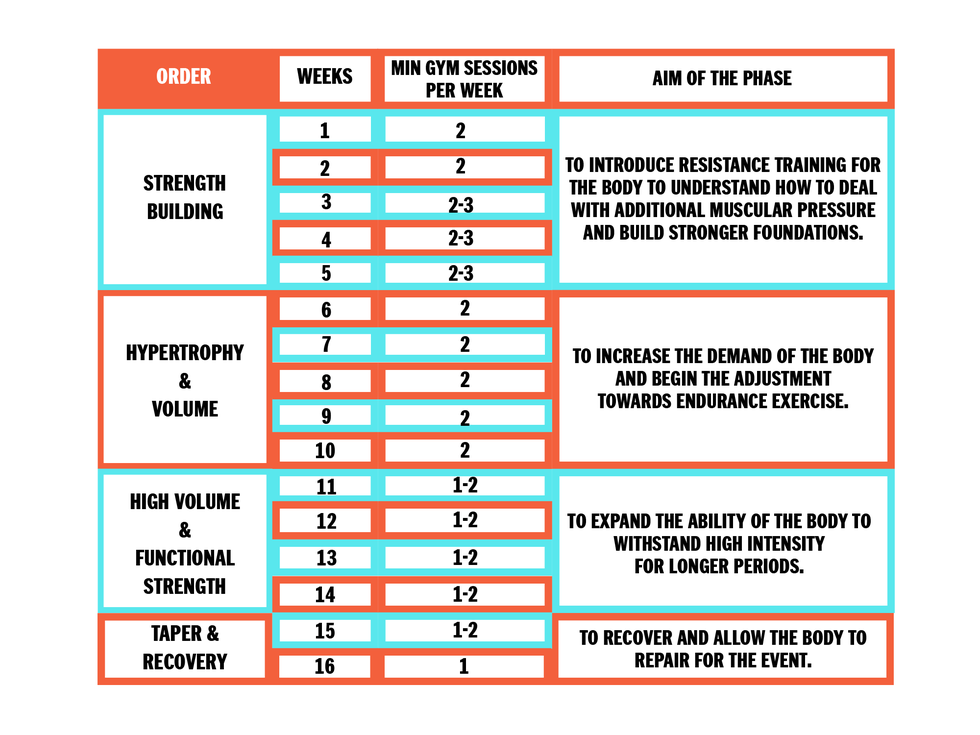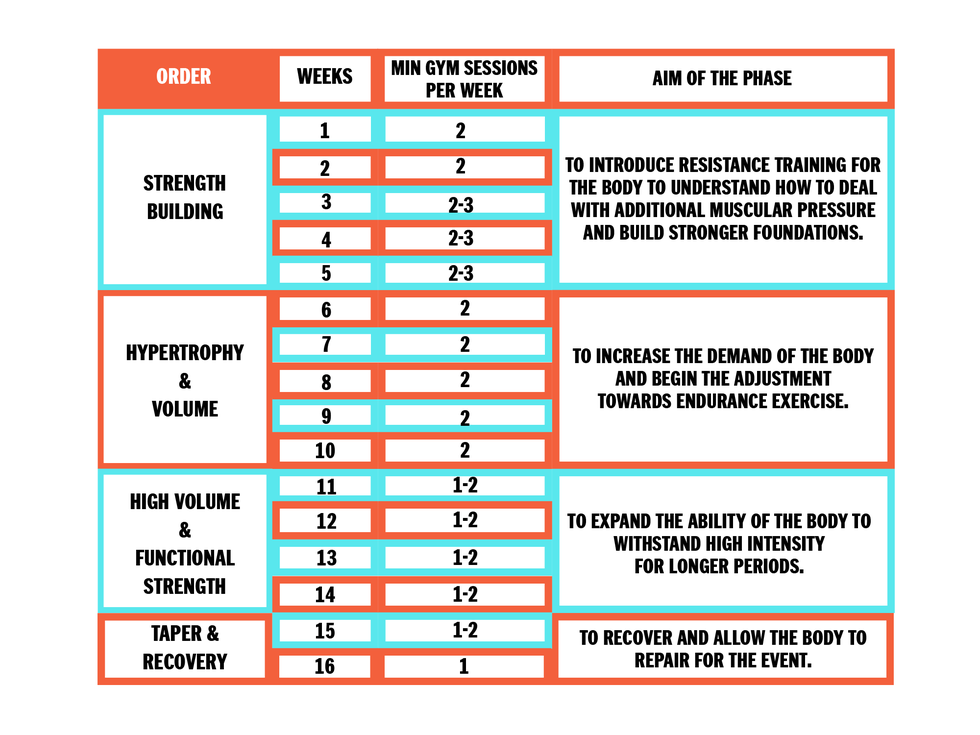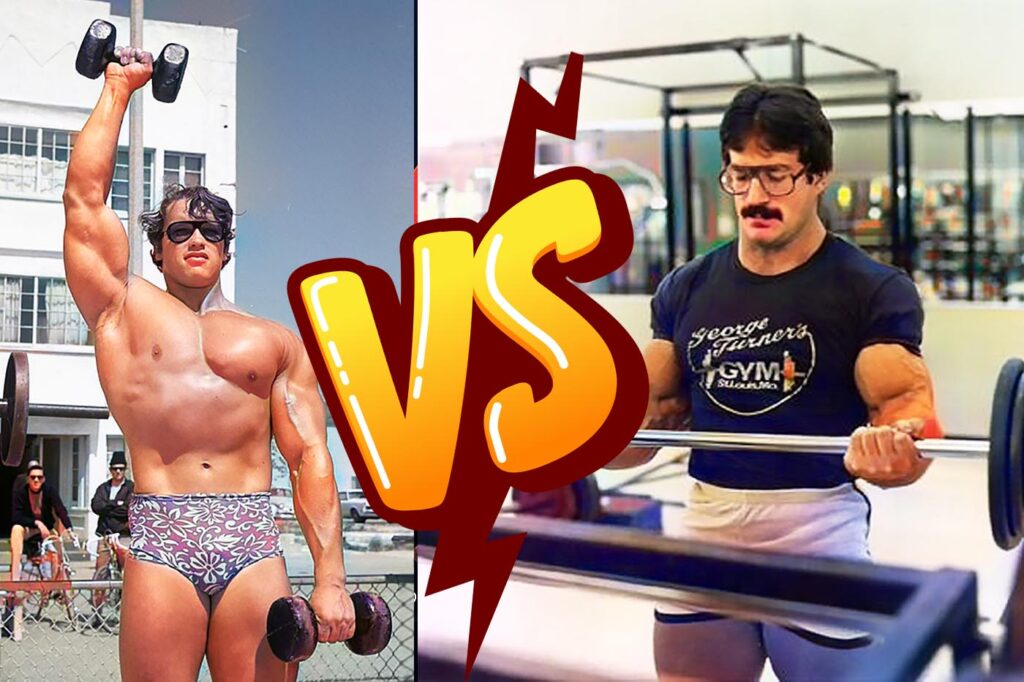Gymnasts achieve ripped physiques through intense training, focusing on bodyweight exercises and maintaining strict diets. Their routines build strength, flexibility, and muscle definition.
Gymnasts often showcase impressive, well-defined muscles that many admire. Their training regimes are rigorous, combining strength, agility, and flexibility. Bodyweight exercises like pull-ups, push-ups, and dips form the core of their workouts. These exercises target multiple muscle groups, promoting balanced development.
A disciplined diet further enhances their lean and muscular appearance. High-protein meals, healthy fats, and controlled carbohydrate intake are key. Gymnasts also prioritize recovery, ensuring muscles repair and grow efficiently. This meticulous approach to training and nutrition sets gymnasts apart, resulting in their iconic, ripped physiques.
Gymnastics And Bodybuilding
Discover how gymnasts achieve their ripped physiques through intense training, flexibility routines, and disciplined nutrition. Explore bodybuilding forums for insights into their workout secrets and dietary strategies.
Comparative Analysis
Gymnasts use their own body weight for training. This helps them develop lean and strong muscles. Bodybuilders use weights and machines to build muscle mass. Both methods require dedication and discipline.
Gymnasts focus on flexibility and balance. Bodybuilders aim for maximum muscle growth. Each sport has its own techniques and routines. Both athletes need a healthy diet to support their training.
Common Misconceptions
Many think gymnasts and bodybuilders train the same way. This is not true. Gymnasts train for performance and skills. Bodybuilders train to increase muscle size. Both sports have different goals and methods.
Another misconception is that gymnasts don’t lift weights. Gymnasts use their body as weight. This is very effective for building strength and endurance. Bodybuilders use external weights. This helps them gain muscle mass quickly.

Credit: www.nytimes.com
Training Regimens
Gymnasts focus on bodyweight exercises. Pull-ups and push-ups are common. Their routines include dips and muscle-ups. These moves build upper body strength. Core exercises are also crucial. Planks and leg raises are effective. These help in maintaining a strong core. Consistency is key in their training.
Gymnasts train for flexibility daily. Stretching exercises are essential. They perform splits and bridges. These moves enhance their flexibility. Mobility drills are also included. Shoulder stretches and hip openers are common. These exercises prevent injuries. They also improve performance. Flexibility and mobility are as important as strength.
Diet And Nutrition
Gymnasts need a balanced diet. Protein helps build muscles. Carbohydrates give energy. Fats support hormone production. Each meal should have all three. Protein sources include chicken, fish, and beans. Carbohydrates come from fruits, vegetables, and grains. Healthy fats include nuts, seeds, and avocados. Balance is key for performance.
Supplements can help gymnasts. Protein shakes support muscle recovery. Vitamins ensure all nutrients are met. Electrolytes help stay hydrated. Drink water throughout the day. Hydration keeps muscles strong. Dehydration can cause fatigue. Always carry a water bottle. Aim for at least 8 cups daily.
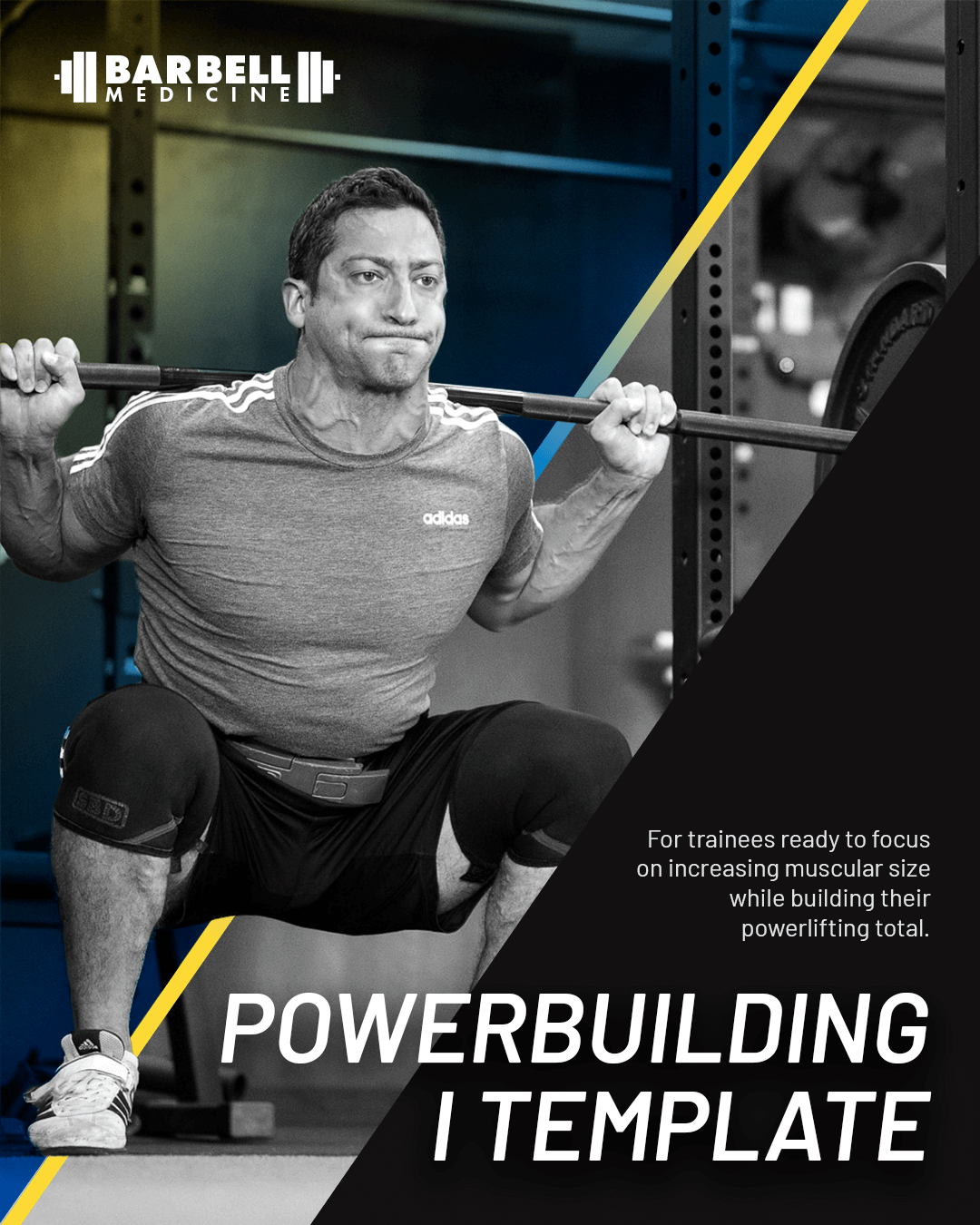
Credit: www.barbellmedicine.com
Mental Toughness
Gymnasts train for hours each day. They need strong focus and discipline to succeed. Their routines demand precision and accuracy. Distractions can lead to injuries. To excel, gymnasts create strict schedules. They also set goals and track progress regularly.
Motivation is key for gymnasts. They use visualization to see success in their minds. Coaches also play a huge role. Positive feedback boosts confidence. Sometimes, gymnasts listen to inspirational music. This helps them stay pumped. Quotes from famous athletes inspire them. Small rewards after tough sessions keep them going.
Injury Prevention
Warm-up routines are crucial for gymnasts. They help in preventing injuries. Stretching is an important part of warm-ups. It helps in increasing flexibility. Dynamic stretches are better than static ones. Gymnasts should include jogging to get their heart rate up. A proper warm-up also prepares the mind. This ensures better focus during training.
Recovery strategies are vital for gymnasts. Proper hydration is key to muscle recovery. Drinking water helps in flushing out toxins. Rest days are necessary to allow muscles to heal. Ice baths can reduce inflammation. Foam rolling helps in easing muscle soreness. Good sleep is also essential. It aids in overall recovery and performance.
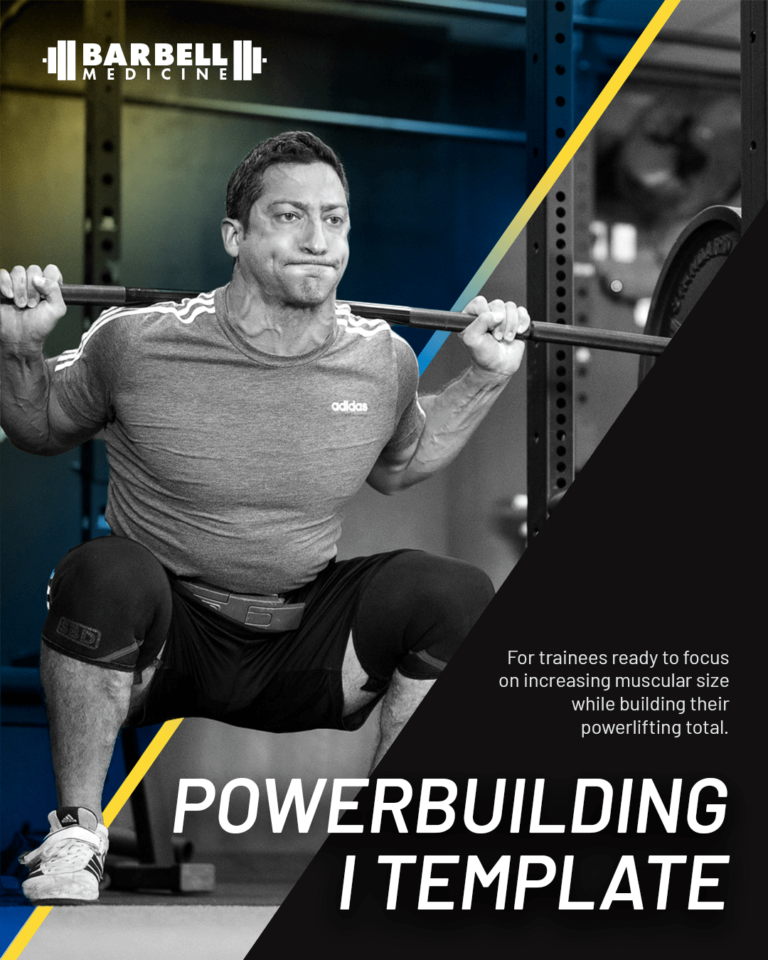
Credit: www.barbellmedicine.com
Community Insights
Many experts say gymnasts have a ripped body because of their training. They train with bodyweight exercises like pull-ups and dips. These exercises help build lean muscle without adding bulk. Experts also highlight the importance of a balanced diet. Eating the right foods fuels their muscles and keeps them strong. They avoid junk food and eat lots of protein.
Many gymnasts share their personal stories. One gymnast said, “I train every day and eat healthy.” Another gymnast added, “I do a lot of core exercises.” These testimonials show the dedication required. Gymnasts work hard and stay focused on their goals. They also rely on mental strength to push through tough workouts. This mental focus helps them achieve their ripped physique.
Frequently Asked Questions
How Do Gymnasts Get So Ripped?
Gymnasts get ripped through intense training, focusing on strength, flexibility, and endurance. Their workouts include bodyweight exercises, resistance training, and strict diets.
Why Do Gymnasts Have Such Good Physiques?
Gymnasts achieve great physiques through intense training, strict diets, and disciplined routines. Their workouts focus on strength, flexibility, and endurance.
Does Gymnastics Build Muscle?
Yes, gymnastics builds muscle. The sport involves various bodyweight exercises that strengthen and tone muscles, enhancing overall fitness.
Do Gymnasts Ever Bulk?
Yes, gymnasts sometimes bulk to build strength. They focus on lean muscle mass while maintaining flexibility and agility.
Conclusion
Achieving a ripped physique like gymnasts requires dedication and the right training. Incorporate strength exercises and maintain a balanced diet. Join bodybuilding forums for tips and motivation. Stay consistent, and the results will follow. Remember, every effort brings you closer to your fitness goals.

